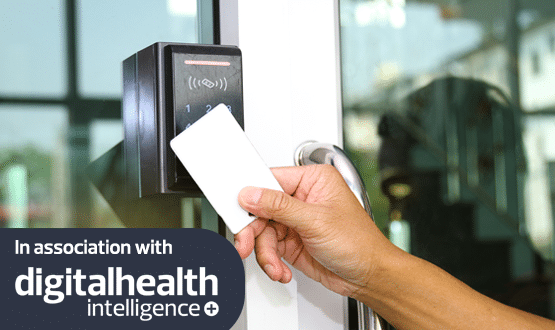Royal Liverpool moves 87m images to VNA
- 15 November 2013

The Royal Liverpool and Broadgreen University Hospitals NHS Foundation Trust has migrated 87m images to its new SynApps vendor neutral archive.
The move is part of a strategy to move to a paper-lite model of managing patient records and other content.
As part of the PACS refresh earlier this year, the trust, along with ten other trusts in the Cheshire and Merseyside consortium, adopted a new Carestream picture archiving and communication system and an HSS radiology information system.
It was the only trust in the consortium to adopt a VNA, however. The SynApps VNA sits on top of an existing electronic document management system from Documentum.
In 2017, the trust will open a new, state-of-the-art hospital, and the VNA is one element in its plan to replace paper records with electronic ones, where possible.
Sarah Lomax, project manager for PACS at the trust, said: “It gives us the infrastructure to build on.
"Ddemonstrating a more centralised approach to data handling, and proving that that can work, is key to building clinicians’ confidence in going into the EDMS system and a future EPR system.”
The XDS-based VNA is being used to store PACS images, but there are plans to use it for images from other specialties as well, such as cardiology and pathology.
“Any clinician will be able to view those images in a central place rather than having to go into different systems,” said Lomax.
“Obviously, there are efficiency benefits to that as well because you’re getting economies of scale and using a single central system rather than bits and pieces of storage attached to different systems.”
Lomax said that under the previous PACS contract, the data was kept in a vendor store that could only be accessed through CSC, the local service provider. “We couldn’t delve into that data on a large scale.
Obviously, we could access individual images when we needed to. However, retrieving them was sometimes quite slow, depending on the queues and the amount of data that was being pulled back at any one time. It could take several hours to get specific images back.”
Now, she said, it takes “a matter of seconds” to retrieve the data. “Clinicians can be confident that if they need data, they’ll be able to get it there and then, they won’t have patients waiting for a long time in the waiting room.”
Patients were also benefiting from the speedier process, she said: “In terms of a patient being told what’s happening, what the diagnosis is, how things are for them since last time they were in the hospital, that can be much quicker.”
Because radiology was used by many other specialties in the hospital, the improvement had been felt widely, she added.
The move from the existing systems has been challenging, said Lomax, but the use of a standards-based archive has provided a degree of future-proofing.
“If we want to unplug Carestream at any point and plug in a different PACS or hang other systems off that VNA, we can do so without having to go through a migration process, which is really time-intensive and expensive.”
In future, the trust plans to share its VNA with other trusts, giving external clinicians access to patients’ medical images and associated case notes where needed.




